
In the digital age, email remains a powerful tool for businesses to communicate with their audience and drive engagement. Building an email list is a crucial step in leveraging this tool, enabling your business to reach its target audience directly, foster strong customer relationships, and boost overall marketing effectiveness.

When you’re crafting an email for your audience, you’ll probably spend a lot of time coming up with a compelling subject line to try and improve the open rate and avoid triggering spam filters.
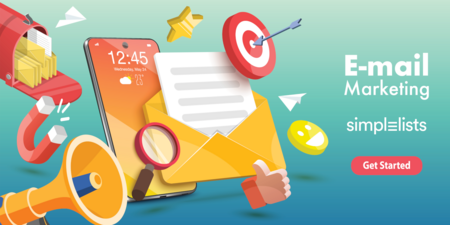
In the digital communication landscape, email is one of the most traditional channels.
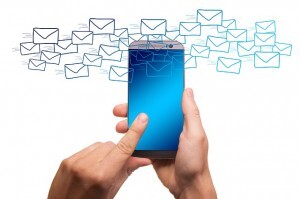
It has been estimated that just under 80% of emails sent by email marketers to people who signed up to your list reach the inbox. This is a pretty staggering number when your recipients have subscribed legitimately. This is because spam filters are becoming increasingly sensitive to make sure that non-legitimate emails do not get delivered. To avoid your email ending up in the spam folder, there are some simple things you can do.

What is a subscribe form?
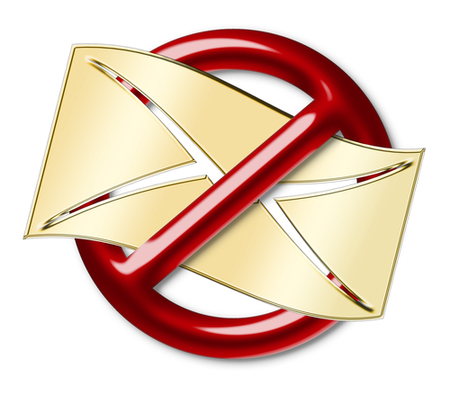
Email deliverability will be affected

Before delving into writing HTML code for your bespoke design email, it’s a good idea to spend a few minutes doing some planning first. Don’t think of this stage as wasted time - it is more likely to be the opposite - saving you time in the long run as you will know exactly what you are aiming for before starting. A well-planned email is also likely to be a success, especially if you are using the email for marketing purposes.
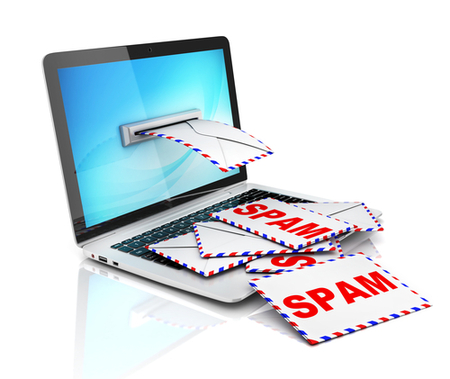
A recent study carried out by ReturnPath estimated that only 79% of emails sent by legitimate email marketers (i.e. emails sent to people who signed up to your list) reach the inbox. Spam filters are becoming more and more sensitive, to ensure that non-legitimate, spam emails don’t get delivered. It is important to follow a simple set of rules to ensure that your list members receive the emails they have signed up for.
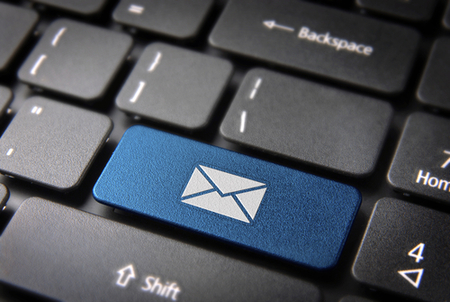
Email marketing campaigns are used by the majority of companies to advertise their products, share their news, or invite their subscribers to take part in activities/events. A campaign is a 'call to action’ with varying objectives and, recently, there have been several questions raised about the effectiveness of email as a method for engaging and motivating your contacts.
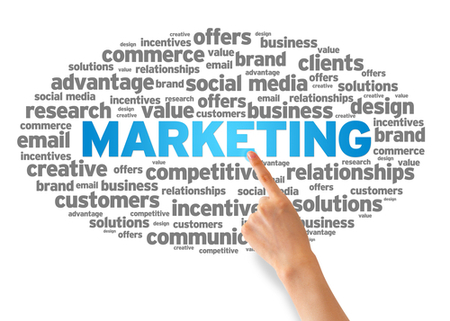
In this post, we share some basic tips for those of you who are just starting out in email marketing. You might be about to launch a regular email newsletter to raise awareness of your work and/or invite your readers to sign up to a product or list (responding to a 'call to action’ or COA).

There is lots of information out there about when is the best time of the day/week to send email newsletters, ensuring that as many people as possible open (and read) your message. We’ve already written about how to come up with a good subject line to increase your open rates and in this post we’ll look at the variety of data that analyses the best time to send your email.
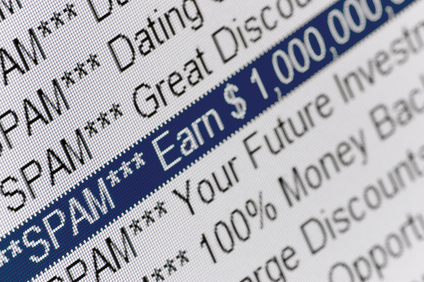
In our last blog post, we explained that your email delivery rates might be reduced if your list members report your emails as 'spam’. A feature of Simplelists is that we enable the members of your list to engage easily in private group discussion with one another. So, it’s important that your emails get opened and that your members don’t mark them as spam before doing so, whether accidentally or not.